Hazlina Jamaluddin
Plastic waste has been an increasingly difficult challenge for our country, especially in these last few years, with many NGOs and environmentalists raising the issue of its increasing severity.Some might wonder ‘How bad can it be? It’s just plastic and we have lived with it for decades.’ There are serious implications to all this plastic waste, however. Sometimes it can seem like a problem that is too big for one person to tackle and we may feel powerless in the face of it. But we can all do something, and we can each take small actions to reduce the consumption of plastic. You might think the impact is small, but if everyone takes part in doing it, these small gestures can have a huge impact and help raise awareness to others.
How do we do this? One easily achievable step is to replace single-use plastic items such as shopping bags, plastic cutlery and disposable plastic cups with reusable ones. Keep some reusable shopping bags and a cutlery kit with a reusable straw and tumbler handy. If you know you’re going to tapau (takeaway) something, bring a food container every time you want to buy food outside. The key is to keep these items somewhere accessible and easy to grab when you need them, such as in your car. Some people put these items in a backpack as part of their day to day routine so that whenever they feel like having something outside, they know they can just reach for their tumbler to take away some coffee or juice.
The other thing we can do is recycle our plastic. It’s no secret that plastic is recyclable, but did you know that not all plastic can be recycled? Next time you pick up a piece of plastic, have a closer look and you will see a small number on it.
Watch our video to see what that means and what you can do with it:
1.Polyethylene Terephthalate (PET or PETE)
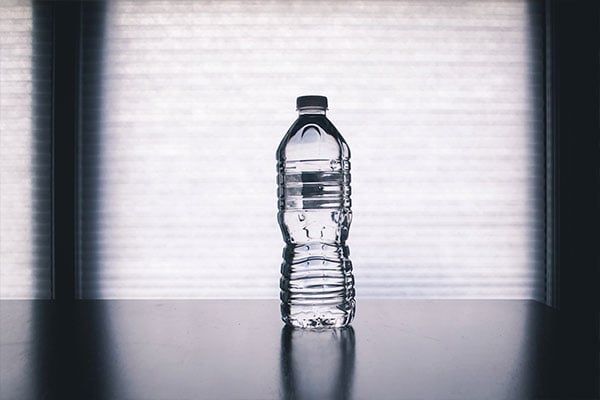
Recyclable: Yes
Found in: Beverage bottles (e.g mineral water bottles), oil containers, food trays, medicine jars, rope, peanut butter jars, clothing and carpet fibre.
Fast fact: Recycled PET is known as RPET and is one of the most widely recycled plastics in the world. It can be used for a multitude of purposes: carpet fibre, fabric, shoes, upholstery, fibrefill, new PET containers and more.
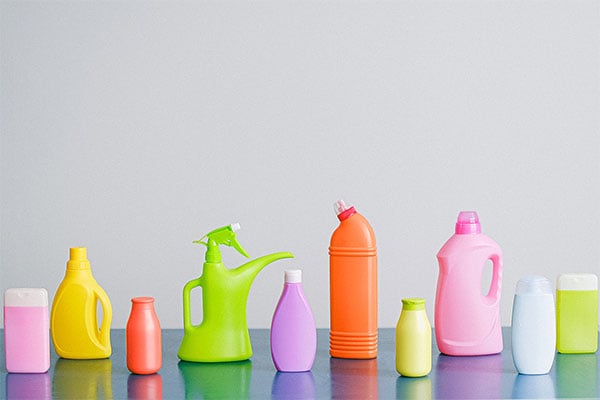
Recyclable: Yes
Found in: Milk and non-carbonated drink containers, toys, buckets, motor oil, shampoos and conditioners, soap bottles, detergents, and bleaches.
Safety tip: HDPE products are safe and not known to transmit any chemicals into foods or drinks, but it is not safe to reuse a HDPE bottle as a food or drink container if it didn’t originally contain food or drinks.
3.Polyvinyl Chloride (PVC)
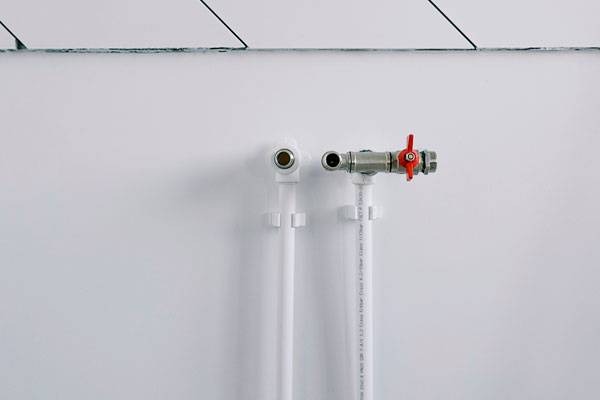
Recyclable: Not in Malaysia
Found in: Plastic tubing (such as pipes), credit cards, synthetic leather products
Safety tip: PVC should not be mixed with food items as it can be harmful if ingested as research shows that when heated, PVC pipes give off potentially toxic hydrogen chloride fumes.
4.Low-Density Polyethylene (LDPE)
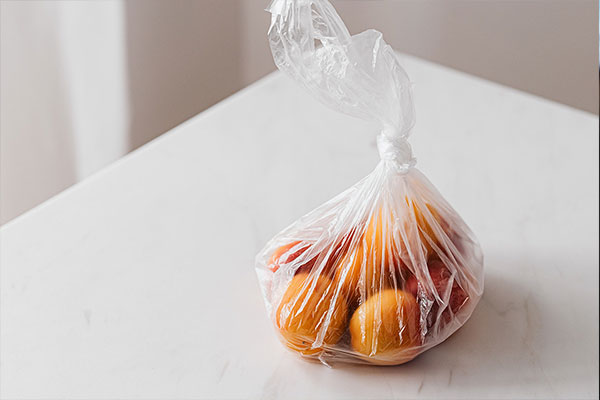
Recyclable: Rarely (in Malaysia)
Found in: Cling-film, bubble wrap, sandwich bags, squeezable bottles, and plastic bags
Fast fact: Do not mix this type of plastic in with other items for recycling as it can get tangled in equipment at recycling facilities..
5.Polypropylene (PP)
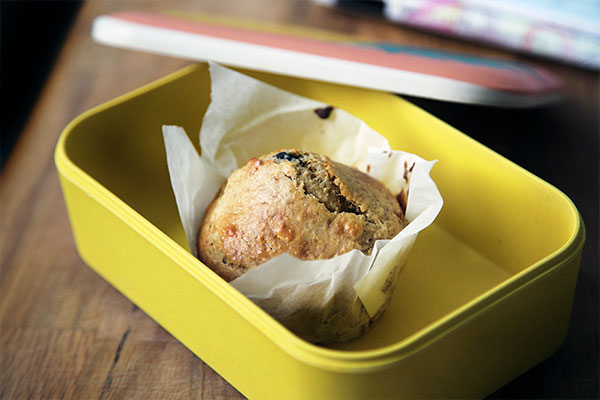
Recyclable: Yes
Found in: Lunch boxes, margarine containers, yoghurt pots, syrup bottles, medicine bottles, plastic bottle caps
Fast fact: PP is strong and can usually withstand higher temperatures
6.Polystyrene (PS)
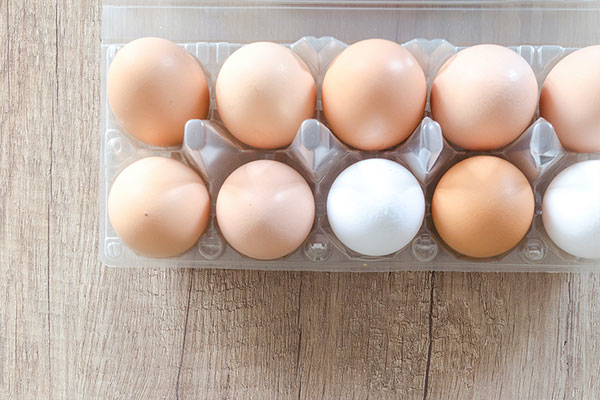
Recyclable: Yes, but difficult
Found in: Disposable coffee cups, plastic food boxes, egg boxes, clear vegetable clamshell packaging, drink bottles, plastic cutlery, and packing foam.
Recycling Tip: Any sort of plastic with food on it will need to be cleaned (or if this is not possible, disposed of) in order for it to be recycled. It will otherwise be considered as contaminated and rejected from the recycling process.
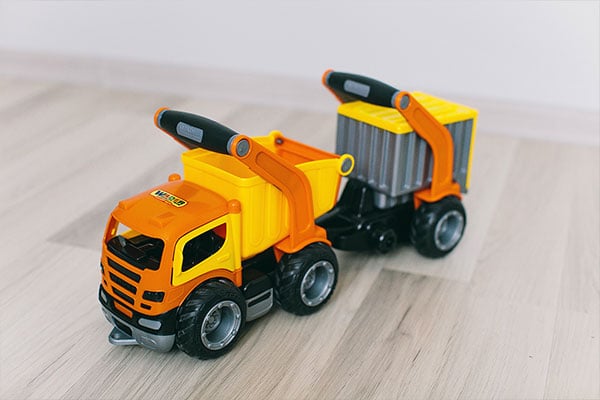
This category covers all the other types of plastic not defined by the earlier six codes. Polycarbonate (PC) and polylactide (PLA) are included in this category.
Recyclable: Difficult to (depends on the plastic)
Found in: Polycarbonate (PC) – baby bottles, compact discs, and medical storage containers
Polyurethane (PU) – furniture upholstery, cushioning material, insulation
Acrylonitrile butadiene styrene (ABS) – toys, phone covers, electrical equipment
So there you have it – plastic codes 1-7 and what they all mean. In a nutshell, what we can conclude from the above is that currently, 1, 2 and 5 type plastics are currently widely accepted for recycling. And now that you are more familiar with plastics, you’ll have an easier time knowing what to do with them. Keep in mind however, that reducing and reusing trumps recycling and to cut down plastic use wherever possible! Together, we can make a difference.

